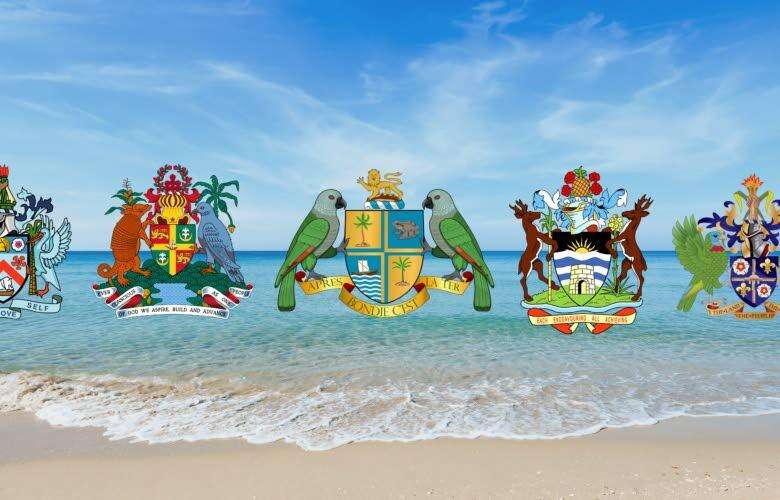History and growth of CBIs
Citizenship-by-investment (CBI) programmes began in 1984 in St Kitts and Nevis, followed by Dominica in1991, by Antigua and Barbuda and Grenada in 2013 and then St Lucia in 2015. Since 1984, several changes and adjustments were made to the various schemes. Basically, however, there are three types of programmes: a financial donation, real estate and an investment. The donation normally goes to the treasury or to a national development fund to finance strategic development projects. The real estate option, which has become the most attractive in terms of demand, involves the purchase of property which could be sold after an agreed length of time. An investment would normally cover the purchase of a redeemable financial instrument as a government security. Programmes could entail any one of the three above or any combination of them application fees and a sum catering for due diligence costs are also generally attached to these programmes, and what makes these programmes different from those in Europe is the absence of a residency requirement.
Essentially, the decline in foreign investment and development assistance coupled with the external shocks as the 2008 financial meltdown as well as natural hazards created a need for these programmes. The region has been subjected to heavy losses in GDP due to annual hurricanes. Post-colonial transformation out of sugar and bananas also posed serious problems as well as the need to respond to small state vulnerabilities and build resilience. These were all important drivers behind such programmes.
https://www.jamaicaobserver.com/business/caribbean-citizenship-by-investment-programmes/




Leave A Comment